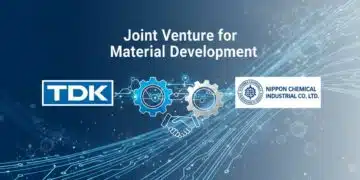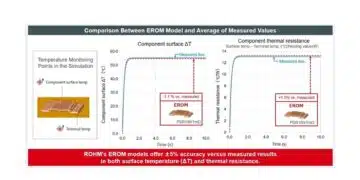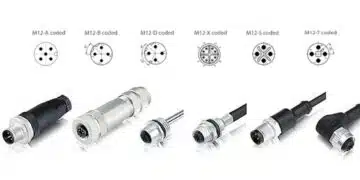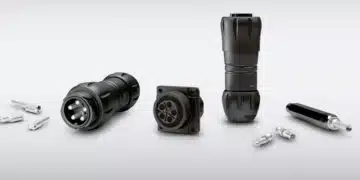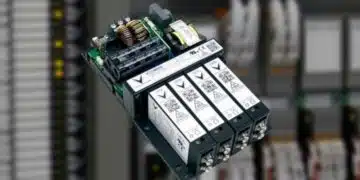This episode of Tech Specs is part of a video series highlighting the features, applications, and technical specs of newly-released products.
Vishay 715C-KT capacitors have a class 1 strontium-based ceramic dielectric that provides a low dissipation factor and has a negligible piezoelectric or electrostrictive effect, with capacitance values from 100 picofarads to 8 nanofarads and ratings up to 50,000 VDC.
The 715C-DK uses a class 2 ceramic dielectric and offers capacitance values up to 20 nanofarads at voltage ratings up to 40,000 VDC. Vishay 715C series capacitors use a molded epoxy case with silver-plated brass screw terminals for mounting, with options for standard and metric threads.
- 715C-KT: N4700 (T3M) class 1, strontium-based ceramic dielectric
- 715C-KT: low dissipation factor and negligible piezoelectric / electrostrictive effect
- 715C-KT: 100pF to 8nF, up to 50kVDC / 34kVAC
- 715C-DK: Class 2 (Y5U) ceramic dielectric
- 715C-DK: 300pF to 20nF, up to 40kVDC / 14kVAC
- Screw terminal mounting (brass, silver plated)




